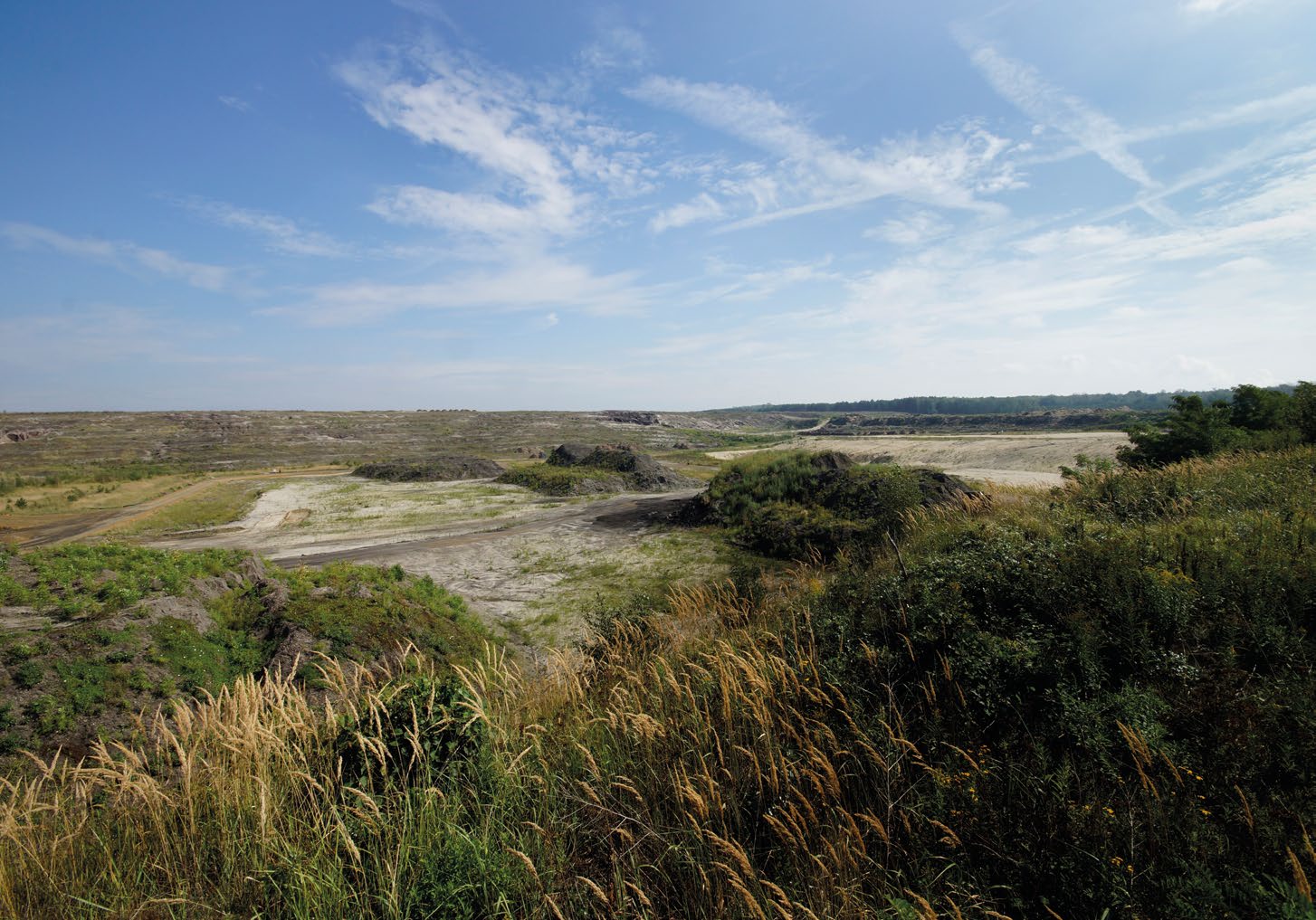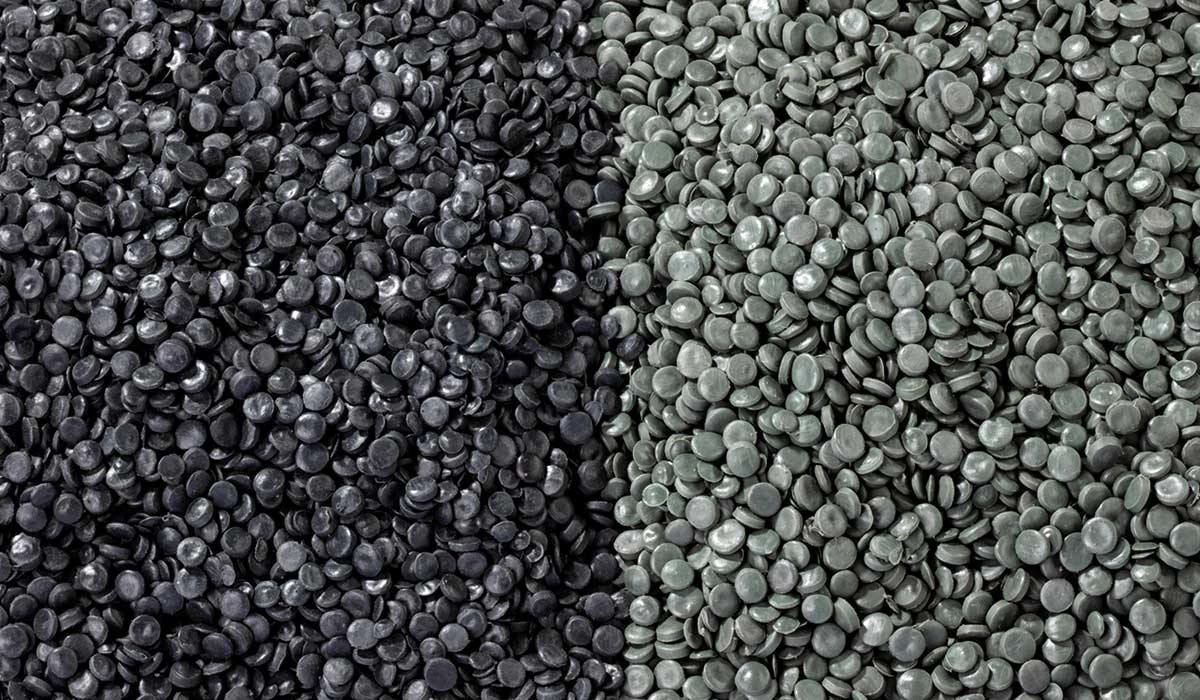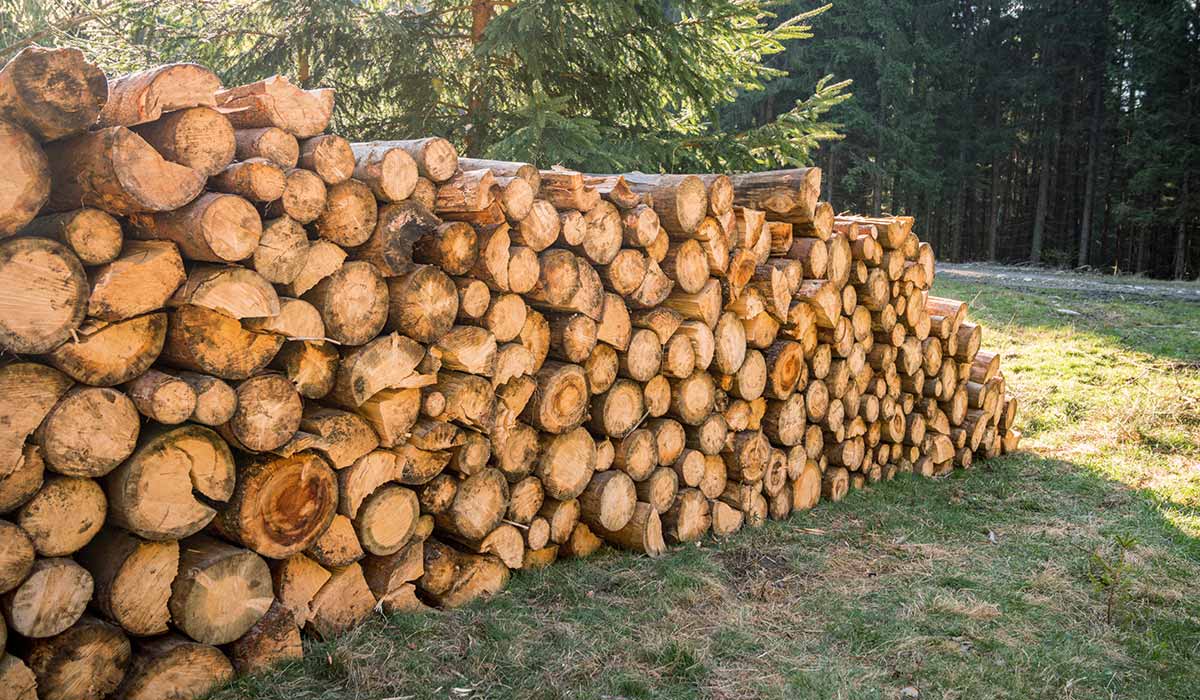
Hot as hell
Shutdown work by Lobbe during HKM's ongoing operations
I follow the head of operations Guido Schwarz to the site of Lobbe on HKM and involuntarily have to stop. I feel as if I have landed at the mouth of hell: Iron at a temperature of over 1,400 degrees is being poured from a gigantic container called a ladle into a pit behind two fireproof walls. From the gap between these walls, which are about five metres high and wide, flames blaze, sparks fly and it suddenly gets hot. Now the molten iron runs through channels and cools down. Then so-called aggregates are added, for example titanium.
The mixture is heated again to 1,400 degrees and steel is cast from it in the form of billets or slabs. Water is indispensable for cooling all the processing steps in a smelter. The water-conducting pipes, channels, basins and containers are cleaned by Lobbe every year. Using maximum water pressure of up to 2,500 bar, the Lobbe teams remove hard caked-on residues. But the lion's share of Lobbe's cleaning work is removed with vacuum suction vehicles.
"We use air conveyor systems that pick up dust and solid residues from production by means of an extreme vacuum - comparable to a gigantic hoover," explains Klaus Drahtjer, manager of the on-site operations. Especially for dust and other solid residues, the use of air conveying technology has proven its worth for cleaning purposes.
Inside there is a so-called vacuum pump; a pump that creates an extreme negative pressure and thus a strong suction - similar to a hoover. Special and particularly resistant hoses are laid from the vehicle to the working area. The "Vacupress" has enormous forces - so strong that only well-trained personnel are allowed to operate the "giant hoover". The suction effect also prevents deposits from being stirred up. If the air flow of the vacuum pump is diverted, it can even be used to graze roofs at heights of up to 80 metres without any problems.
In the electrostatic precipitator, the honeycombs are cleaned with maximum water pressure.
In the emergency ladle hole the friable material is removed with high-performance suction equipment.
The result is impressive. In the gas collection bonnet, where the production gases are collected and later passed through filters, dust collects knee-high, which has now disappeared. A few floors higher, at around 47 metres, maximum water pressure again plays the decisive role: Lobbe's teams use high-pressure hoses to clean the individual honeycombs of the electrostatic precipitator, which binds the large dust particles from the production process with an electromagnetic effect. A total of three Lobbe technicians prepare the high-pressure work here. They work under breathing protection. Once the hoses and cables have been laid and the appropriate ultra-high-pressure water nozzles have been installed, each skilled worker works on one of the fields. No one but me can enjoy the breathtaking view from this spot.
Finally I climb down again, now I'm going to the "basement" of the converter hall. Converters are the name given to the
four-metre-high electrodes that boil the iron with the aggregates into steel while blowing in oxygen. Below the production level is the emergency ladle hole. This catches boiling hot molten iron should one of the ladles leak. This emergency ladle hole is lined with fireproof mineral wool, so the Lobbe teams also work here with breathing protection. The friable material is again removed with high-performance suction equipment that works under vacuum. Klaus Drathjer, head of operations at HKM, coordinates a total of 100 employees and 60 vehicles here, who
carry out the cleaning work within the 36-hour shutdown.

